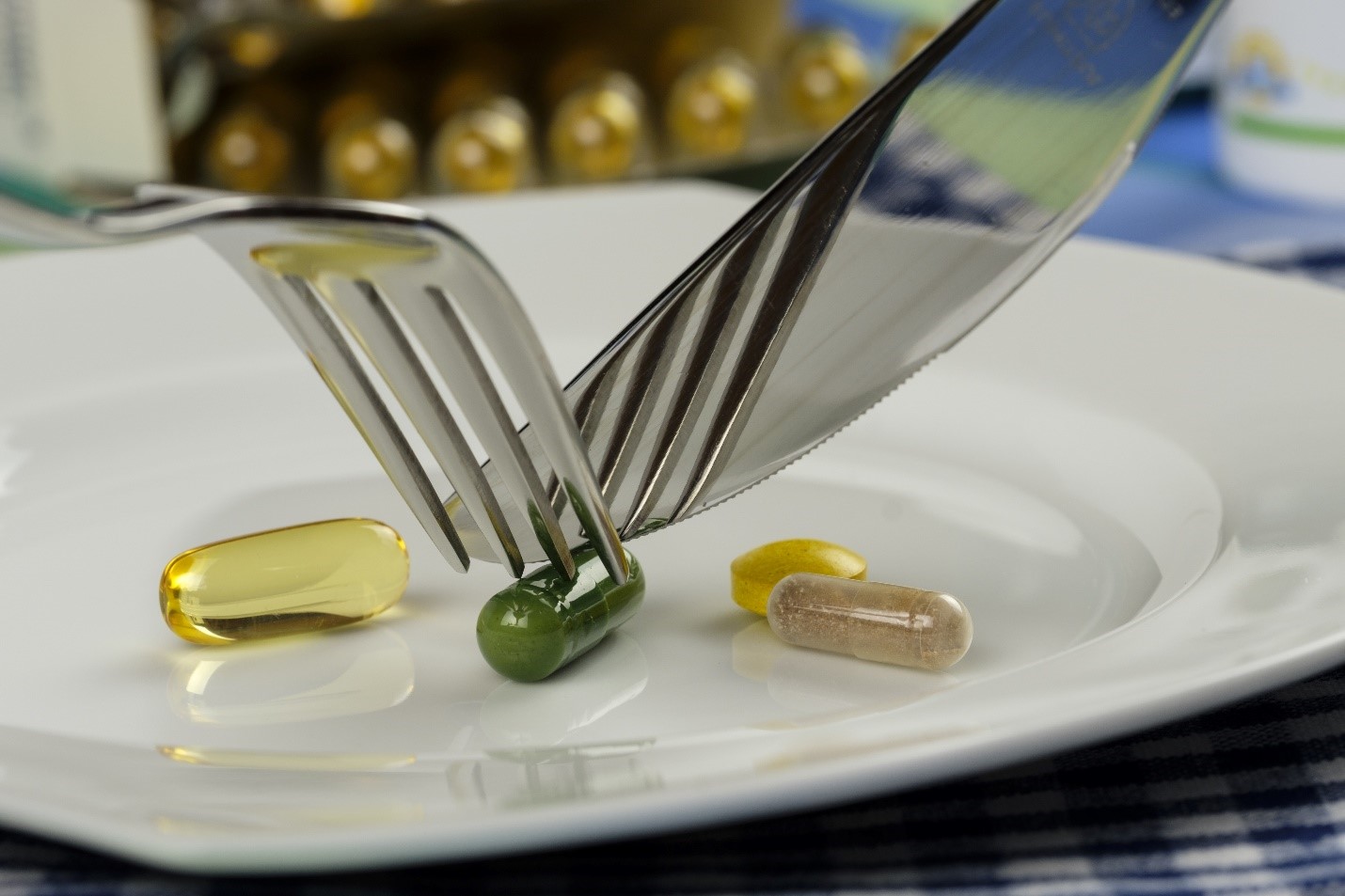NADH – A COFACTOR NEEDED FOR ENERGY PRODUCTION

What is NADH?
Nicotinamide adenine dinucleotide (NAD) is a cofactor (a substance whose presence is essential for activity) for a number of cellular processes including energy production, DNA repair, gene expression, antioxidant activity, brain dopamine production, and immunological functions.1 Because of its role in DNA repair and gene expression, NAD, through its activity on the sirtuin family of enzymes, may play a pivotal role in extending the life of the cell and therefore, slowing the aging process.2 NAD can exist in two forms: NAD+ and NADH (also referred to as the reduced form of NAD).
How does NADH create energy?
The conversion of NAD+ to NADH, and vice versa, are essential reactions in creating ATP (adenosine triphosphate).3 ATP is the main carrier of energy that is used for all cellular activities. When ATP is enzymatically converted to adenosine diphosphate (ADP), energy is released. In order to generate ATP, the food that we eat is directed through three processes: glycolysis, the Krebs Cycle, and the electron transport chain. In glycolysis and the Krebs cycle, NADH molecules are formed from NAD+. On the other hand, in the electron transport chain (a series of proteins and organic molecules found in the inner membrane of the mitochondria), all of the NADH molecules are subsequently split into NAD+, H+, and electrons. These electrons are passed from one member of the transport chain to another in a series of reactions and the energy released in these reactions is then used to make ATP. Glycolysis and the Krebs cycle produce 2 ATP molecules each while the electron transport chain transfers energy into as many as 32 ATP molecules.4
Does NADH supplementation alter outcomes?
The majority of the current data are from animal studies where increasing NAD levels has been shown to improve mitochondrial (location where energy production occurs) function, waste disposal, and DNA repair while decreasing oxidative stress, inflammation, and aging.5 In a small study of patients with Chronic Fatigue Syndrome, NADH was shown to reduce fatigue.6 In disorders of brain aging such as Parkinson’s Disease, NADH supplementation improved disabilities related to movement.2,5 Similarly, NADH may improve cognitive function.2,5
What is the suggested dose of NADH?
Although higher doses have been safely administered, common dosing ranges from 5-20 milligrams per day.
- Braidy N, Berg J, Clement J, et al. Role of Nicotinamide Adenine Dinucleotide and Related Precursors as Therapeutic Targets for Age-Related Degenerative Diseases: Rationale, Biochemistry, Pharmacokinetics, and Outcomes. Antioxid Redox Signal. 2019;30(2):251-294.
- Braidy N, Liu Y. NAD+ therapy in age-related degenerative disorders: A benefit/risk analysis. Exp Gerontol. 2020;132:110831.
- Canto C, Menzies KJ, Auwerx J. NAD(+) Metabolism and the Control of Energy Homeostasis: A Balancing Act between Mitochondria and the Nucleus. Cell Metab. 2015;22(1):31-53.
- Melkonian EA, Schury MP. Biochemistry, Anaerobic Glycolysis. In: StatPearls. Treasure Island (FL)2020.
- Lautrup S, Sinclair DA, Mattson MP, Fang EF. NAD(+) in Brain Aging and Neurodegenerative Disorders. Cell Metab. 2019;30(4):630-655.
- Forsyth LM, Preuss HG, MacDowell AL, Chiazze L, Jr., Birkmayer GD, Bellanti JA. Therapeutic effects of oral NADH on the symptoms of patients with chronic fatigue syndrome. Ann Allergy Asthma Immunol. 1999;82(2):185-191.